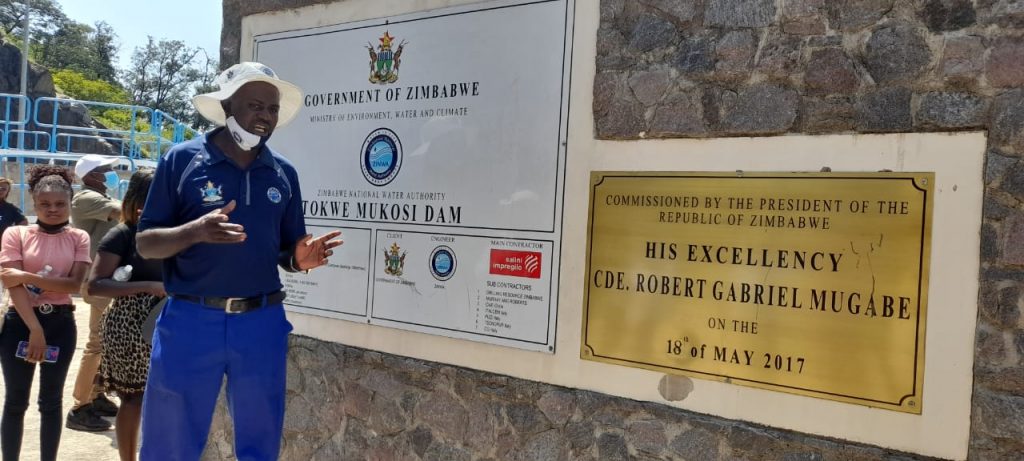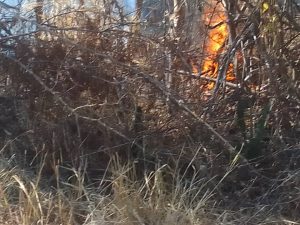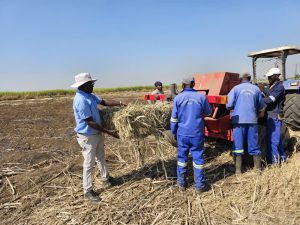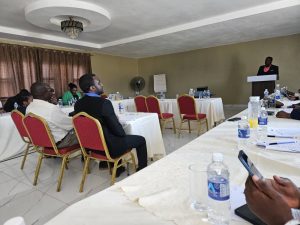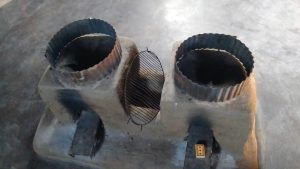Upenyu Chaota
On May 18, 2017, the then president Robert Mugabe officially commissioned the biggest inland water body in Zimbabwe, Lake Tugwi Mukosi which has the potential to transform the agriculture sector in Masvingo province.
About five years later, government is still working on the so-called masterplan which will ostensibly guide development in and around the massive water body.
With the potential to irrigate northwards of 40 000 hectares of land and help to build resilience in view of the climate change-induced dry spells through round the clock crop production, Tugwi Mukosi waters, unfortunately, remain under-utilised in an area which is desperate for development.
In the run up to the 2018 harmonised elections, President Emmerson Mnangagwa told thousands of his supporters that the masterplan was ready and all that was left was for the government to settle the debt with the contracted South African firm.
A 20 Megawatt hydro electricity generation plant is earmarked for the dam, feeding into the national grid and reducing pressure on Hwange thermal power station.
After winning the elections, President Mnangagwa appointed the late Perrence Shiri as Minister of Agriculture who had numerous tours to Tugwi Mukosi telling journalists and other stakeholders that the masterplan was ready.
Shiri later died of Covid-19 and was replaced by Dr Anxious Masuka who once told journalists at a tour of the lake in 2021 that the masterplan was as good as done.
“The Tugwi Mukosi masterplan is now 99.9 percent complete, the technical teams have completed their work and the working party on the project will be meeting next week after which the plan will be taken to cabinet for approval then implementation,” said Dr Masuka in June 2021.
EnviroPress later tried in vain to get a current update on the Tugwi Mukosi Masterplan from Dr Masuka.
Through Statutory Instrument 35 of 2021 gazetted on June 4, 2021 , the Minister of Local Government and Public Works gave a notice cited as the Regional Town and Country Planning (Tugwi Mukosi Dam and Environs Combination Master Plan Authority) whose responsibility was to spearhead the development of the masterplan.
As per SI 135/21, the combination authority comprised of four members from Chivi Rural District Council, four members from Masvingo Rural District Council, two members from Zimbabwe Parks and Wildlife Management Authority, two members from Ministry of Lands, Agriculture, Fisheries, Water and Rural Resettlement, one representative of the Zimbabwe Tourism Authority, one representative of the Zimbabwe Council for Tourism, one member from Environmental Management Agency and any other additional member appointed by the Minister in terms of section 10(6) of the Act.
An official from Chivi Rural District Council told EnviroPress that the development of the Tugwi Mukosi masterplan was more complex than what the public was made to know, and government had not made any serious commitments to its development.
“Firstly, the combination authority is yet to sit since it was gazetted. It is very easy to develop the masterplan if the government avails money to do so but the problem is that there is no money.
“The government did not want to spend money and they decided to rope in the universities in the country to come up with the masterplan concept.
“We do not know where they are now in terms of progress but until the combination authority sits there can be no meaningful progress,” said the official.
He added that a combined expertise from both Chivi RDC and Masvingo RDC was more than enough to come up with the masterplan but financial resources were the biggest hurdles.
“We have made the suggestion but we were told there was no money so we wait. With the pace we are taking I do not know how it will be possible to come up with the masterplan any time soon.
“If it has taken about five years since the dam was commissioned, what will stop it from taking a little bit longer,” said the official.
Masvingo boasts of housing two of the biggest inland water bodies among other dams but has been on the receiving end of climate change induced poor yields owing to the under-utilisation of the water bodies.
An official from the Environmental Management Authority (EMA) said that Tugwi Mukosi faces a threat of siltation due to unplanned human settlements along the Tugwi and Mukosi catchment areas.
The same fate is also said to be threatening the second largest inland water body, Lake Mutikwiri, which is threatened by illegal and unplanned human settlements along the Mutirikwi River catchment area.
This report was made possible through support from WAN-IFRA Media Freedom’s Strengthening African Media Programme: Climate Change and Environmental Reporting. Views expressed here do not belong to WAN-IFRA.

